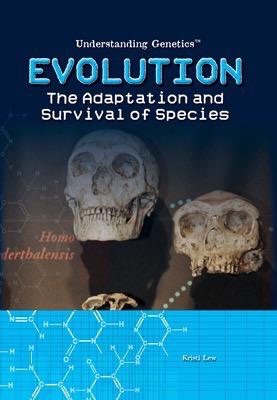
Evolution
Biological evolutionary theory rests upon some basic assumptions, two of these being that all life on earth shares a common ancestor and that life has existed for billions of years, changing over time. As with all scientific theories, evolutionary theory is subject to change when new data becomes available. However, as of today, the theory of evolution is the best fit for the scientific evidence that biologists have observed so far. What makes scientists so willing to accept the theory of evolution? To understand their reasons, readers first examine how living organisms are related to one another. Students learn about inheritance, the history of evolutionary theory, the evolution of populations (how species change), and the evidence for evolution (fossils and homologies). The absorbing narrative is buoyed by interesting and straightforward sidebars.
* Reviews *
Series Review: Understanding Genetics"College-track students will find these meaty surveys just the ticket. The books provide information about codons and anticodons, gametes, alleles, and phylogenetic "domains," and give a detailed picture of the development of the science of genetics and our current understanding of genetic mechanisms...Illustrations include helpful charts, microphotos, portraits of scientists, and color photos; extensive back matter provides plenty of support for further research."
--School Library Journal
"These hi/lo resources, with liberal use of color illustrations, color sidebars, subsections labeled in bold color fonts, and patterns of chemical bonds as backgrounds, will appeal to less able and reluctant readers... Overall, this series with its clear explanations and organization, is a good resource for the struggling reader."
--Library Media Connection















